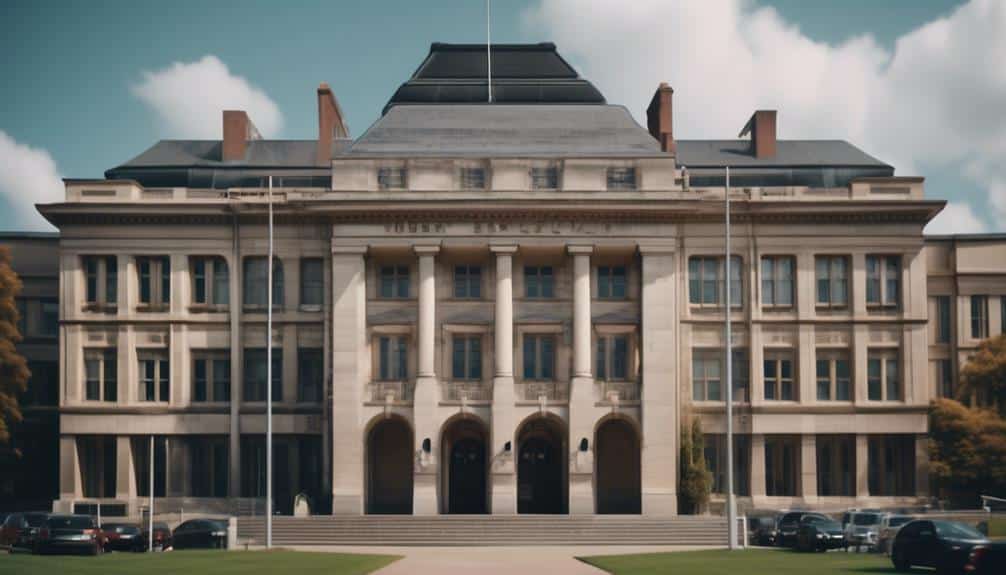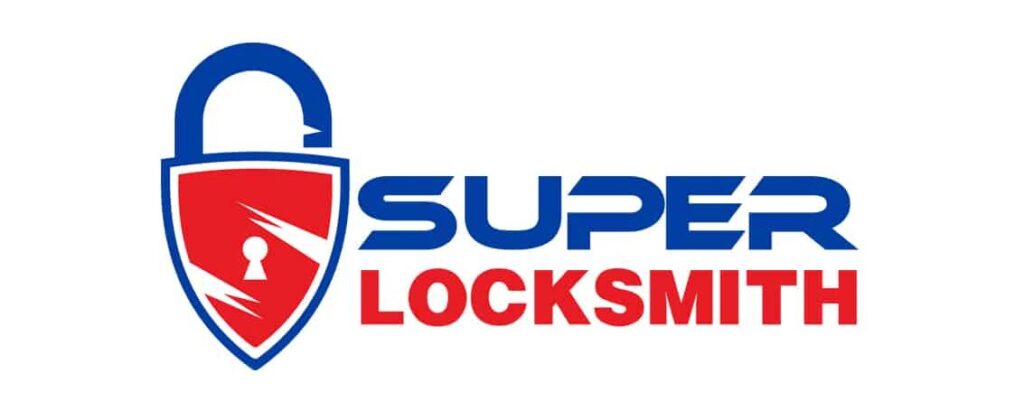As we step through the doors of government buildings, we are greeted by the sight of intricate key systems, each holding the potential to safeguard the secrets within.
But amidst the labyrinth of options, the question remains: what is the best key system for these high-security establishments?
In this discussion, we will explore the advantages of master key systems, consider key considerations for government building security, delve into the types of master key systems available, and uncover the key benefits of implementing such systems.
But the path to finding the best key system is not without its challenges. Join us as we navigate through the complexities and discover the best practices for maintaining government building key systems.
Advantages of Master Key Systems for Government Buildings
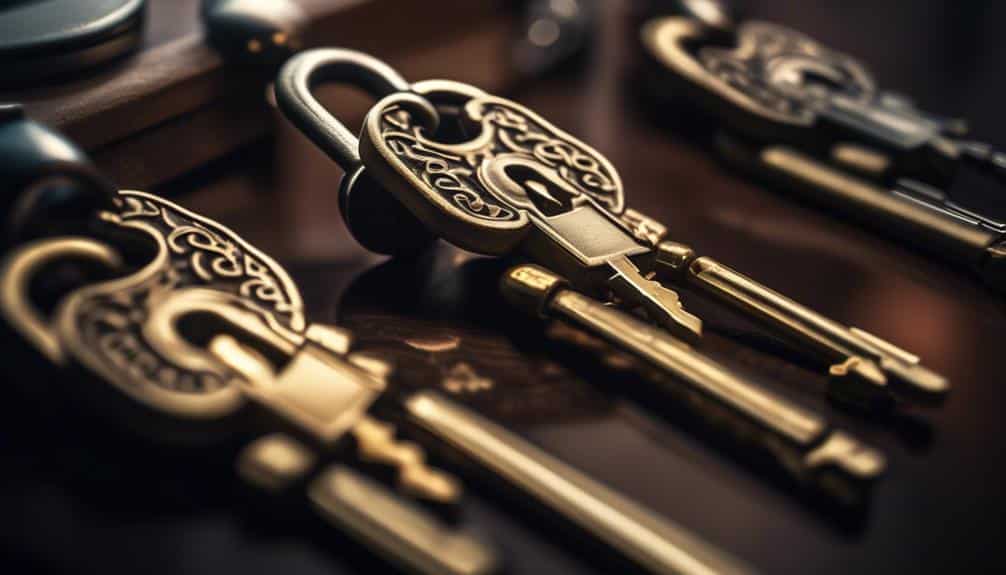
We strongly recommend implementing master key systems in government buildings due to the numerous advantages they offer in terms of security, efficiency, and control.
Master key systems provide an effective solution for government building security considerations. One of the key system advantages is enhanced security. With a master key system, access to different areas can be controlled and restricted based on individual permissions. This reduces the risk of unauthorized entry and ensures that only authorized personnel can access sensitive areas. Additionally, master key systems can be designed to include audit trails, allowing for monitoring and tracking of access activities.
Another advantage is increased efficiency. A master key system eliminates the need for carrying multiple keys by providing access to multiple areas with a single key. This streamlines the key management process and saves time for government employees. Furthermore, master key systems can be designed with key hierarchy, allowing for different levels of access and minimizing the number of keys required.
Lastly, master key systems offer better control. Government buildings often have multiple departments and individuals with distinct access needs. A master key system provides the ability to grant customized access privileges to different individuals or groups, ensuring that they can access relevant areas while maintaining overall control.
Key Considerations for Government Building Security
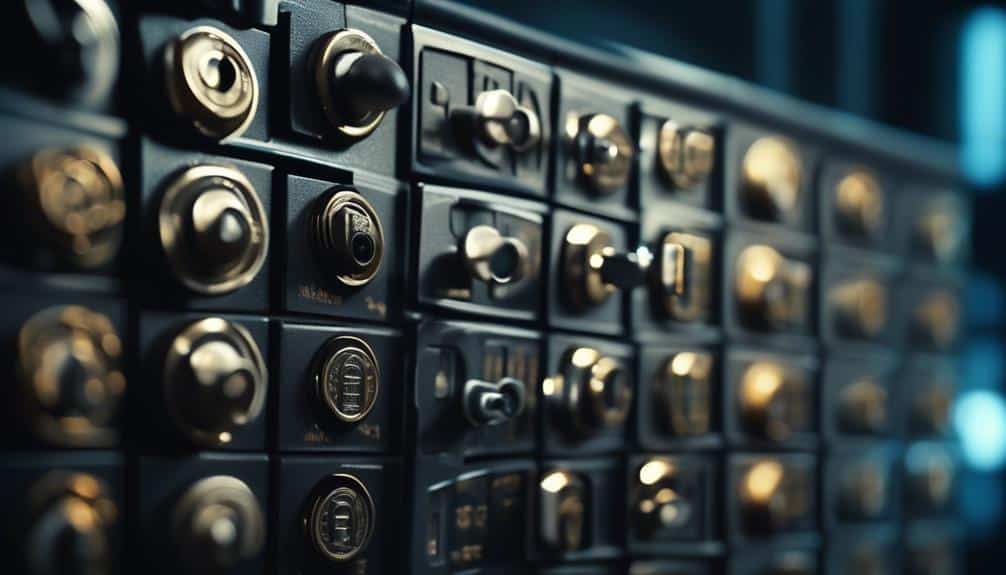
Implementing a robust key management system is crucial for ensuring the security of government buildings. When it comes to government building security, there are several key considerations that need to be taken into account during the key system selection process. These considerations include:
| Key Considerations | Explanation |
|---|---|
| Security | The key system must provide a high level of security to prevent unauthorized access to government buildings. This can be achieved through the use of advanced key technologies, such as electronic key systems or biometric access control systems. |
| Key Control | Government buildings often have a large number of keys, and it is important to have a system in place to effectively manage and control access to these keys. This can be done through the use of key tracking software or secure key cabinets. |
| Scalability | The key system should be scalable to accommodate the changing needs of government buildings. As the number of personnel or the size of the building increases, the key system should be able to easily adapt and expand. |
| Integration with Existing Systems | The key system should be able to integrate with existing security systems in government buildings, such as surveillance cameras or alarm systems. This integration allows for a more comprehensive and efficient security approach. |
Types of Master Key Systems for Government Buildings
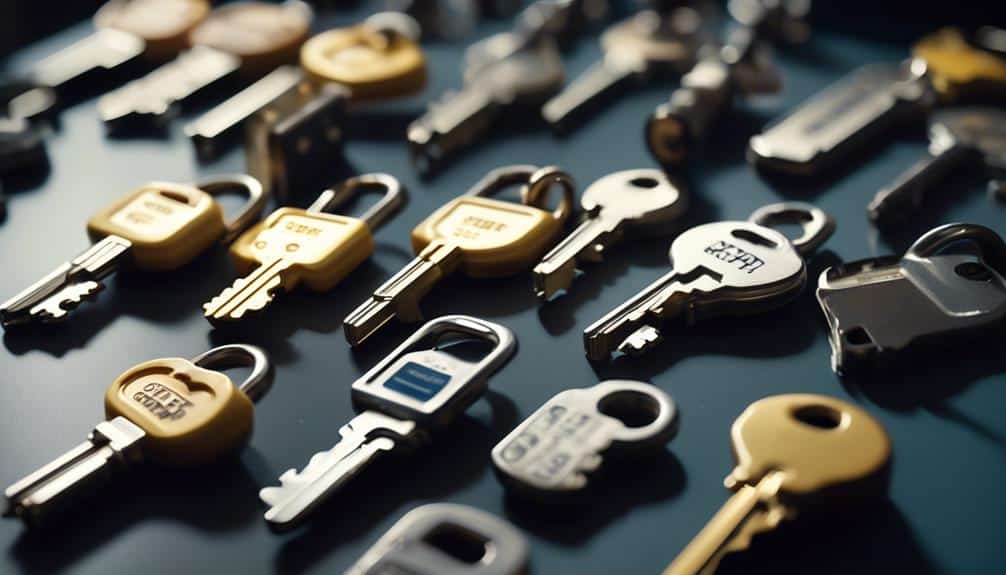
There are several types of master key systems that can be implemented in government buildings to enhance security and control access to different areas. When considering the key system selection, it's important to understand the advantages of master keys.
Master keys provide a higher level of control and convenience for government buildings. With a master key system, authorized personnel can access multiple areas using a single key, reducing the need for carrying multiple keys. This not only simplifies key management but also reduces the risk of lost or misplaced keys.
One type of master key system commonly used in government buildings is the traditional master key system. In this system, each lock has its own individual key, and a master key is created to open all locks within a specific hierarchy. This allows for different levels of access, granting appropriate permissions to different personnel.
Another type is the grand master key system, which extends the capabilities of the traditional master key system. It allows for multiple levels of access, with each level having its own individual key and hierarchy. This provides greater control and flexibility in managing access to different areas within the government building.
Key Benefits of Implementing a Master Key System

Implementing a master key system in government buildings offers a range of key benefits.
Firstly, it enhances security measures by providing a centralized control over access to different areas. This ensures that only authorized personnel can enter restricted areas, reducing the risk of unauthorized access and potential security breaches.
Additionally, a master key system allows for increased access control, enabling efficient management of keys and minimizing the number of keys individuals need to carry, simplifying the overall key management process.
Enhanced Security Measures
By utilizing a master key system, government buildings can greatly enhance their security measures and effectively control access to different areas within the facility. This key management solution offers several key benefits:
- Increased control: With a master key system, government buildings can have better control over who's access to specific areas. This allows for stricter security protocols and reduces the risk of unauthorized entry.
- Simplified access: By implementing a master key system, government employees can have easy and efficient access to the areas they need. This eliminates the need for multiple keys and reduces the chance of misplaced or lost keys.
- Enhanced security: A master key system provides an added layer of security by incorporating features such as restricted keyways and key duplication control. This ensures that only authorized personnel can obtain duplicate keys, further reducing the risk of security breaches.
Increased Access Control
With the implementation of a master key system, government buildings can further strengthen their security measures by gaining increased control and streamlined access to different areas within the facility.
This key system allows for improved security by providing authorized personnel with access to specific areas while restricting access to others. By using a master key, government officials can efficiently manage access to secure zones, ensuring that only authorized individuals can enter sensitive areas.
Additionally, a master key system offers streamlined access, allowing individuals with the proper clearance to move seamlessly throughout the building without the need for multiple keys. This not only enhances security but also improves operational efficiency by reducing the time and effort required to access different areas within the building.
Factors to Consider in Selecting the Best Key System
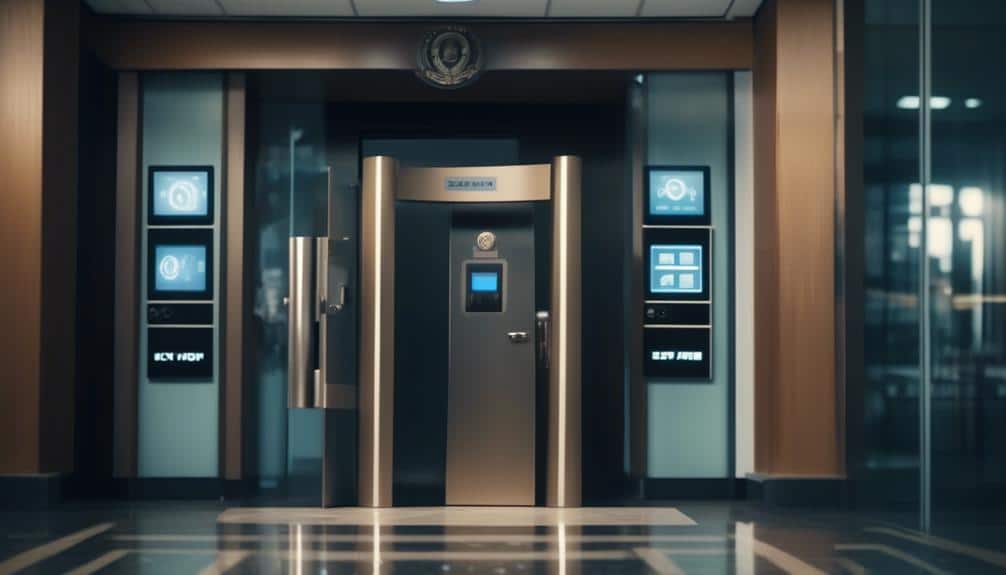
When selecting the best key system for government buildings, there are several factors that must be considered.
First and foremost, security considerations are of utmost importance. The key system should provide a high level of protection against unauthorized access and potential security breaches.
Additionally, access control requirements should be carefully assessed to ensure that the key system aligns with the specific needs of the government building.
Lastly, key management solutions should be evaluated to ensure efficient and effective administration of the key system.
Security Considerations
To ensure optimal security, government buildings must carefully consider various factors when selecting the best key system. When it comes to security considerations, there are three key aspects that need to be taken into account:
- Security measures: Government buildings often house sensitive information and infrastructure that require high levels of protection. The key system should incorporate advanced security features such as encryption, tamper-proof mechanisms, and restricted key duplication to prevent unauthorized access and mitigate the risk of security breaches.
- Access control requirements: Different areas within government buildings may have varying access levels and clearance requirements. The key system should offer the flexibility to easily manage and control access rights, allowing authorized personnel to access specific areas while restricting entry to others.
- Integration capabilities: Government buildings often utilize a range of security systems, such as CCTV cameras and alarm systems. The key system should be compatible with these existing security measures, allowing for seamless integration and centralized monitoring of access activities.
Considering these security considerations will help government buildings select a key system that provides the highest level of security and meets their specific access control requirements.
Access Control Requirements
Considering the varying access levels and clearance requirements within government buildings, selecting the best key system involves careful consideration of the access control requirements. The access control technology used should ensure that only authorized personnel can enter restricted areas, while also providing a seamless and efficient experience for employees and visitors. Key system implementation must take into account factors such as the number of access points, the level of security required, and the scalability of the system. To help visualize these considerations, the table below outlines key factors to consider in selecting the best key system for government buildings:
| Access Control Requirements | Key System Implementation |
|---|---|
| Varying access levels | Multi-tiered key system |
| Clearance requirements | Restricted key access |
| Number of access points | Master key system |
| Level of security | High-security cylinders |
| Scalability | Key management software |
Key Management Solutions
Taking into account the access control requirements discussed earlier, the next aspect to consider in selecting the best key system for government buildings is the implementation of effective key management solutions. These solutions play a crucial role in maintaining the security and integrity of the key system.
When evaluating key management solutions, there are several factors to consider:
- Key management software: Look for software solutions that offer comprehensive features such as key issuance, tracking, and access control. These systems should provide real-time visibility and logging capabilities to ensure accountability and minimize the risk of unauthorized access.
- Key tracking systems: Implementing a reliable key tracking system is essential for government buildings. This can include electronic key cabinets or key management boxes that offer secure storage and tracking of keys. These systems should have robust security measures in place, such as biometric authentication or access codes, to prevent unauthorized access.
- Integration capabilities: Ensure that the key management solutions can integrate with existing security systems, such as access control systems or surveillance cameras. This integration allows for seamless communication and coordination between different security elements, enhancing overall security and efficiency.
Common Challenges in Managing Master Key Systems
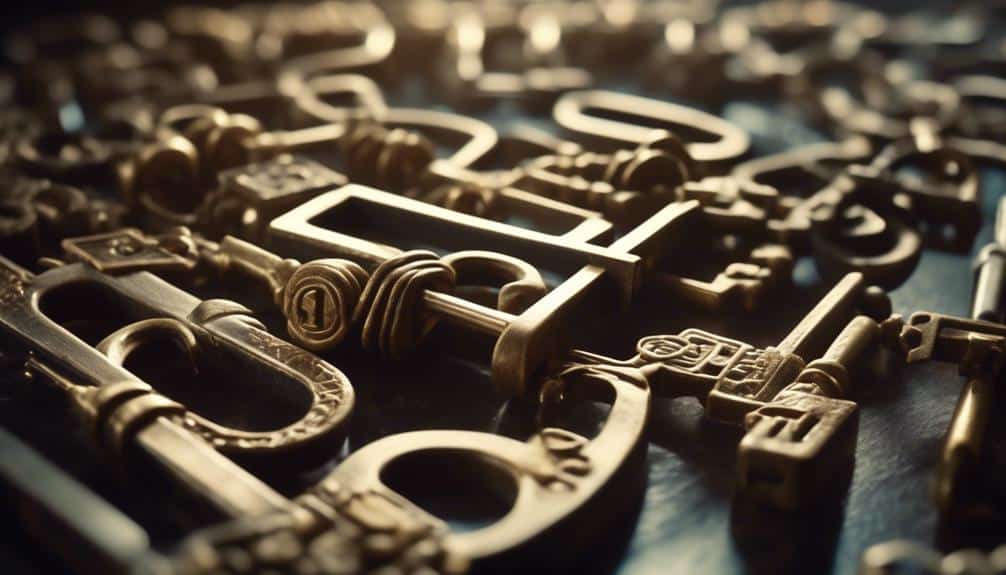
Managing master key systems can present various challenges that require careful attention and strategic solutions. Effective management of these systems is crucial for ensuring the security and access control of government buildings.
One of the key challenges in managing master key systems is the complexity of the system itself. These systems often consist of numerous locks and keys, making it difficult to keep track of them all. Additionally, maintaining the integrity of the system is essential to prevent unauthorized duplication or misuse of keys.
Another challenge is the need for regular maintenance and updates. Over time, keys may become worn or damaged, necessitating replacements. It's vital to have a system in place to monitor and replace keys as needed to ensure smooth operation and security. Additionally, as personnel and access requirements change, the master key system may need to be updated to reflect these changes.
Furthermore, ensuring proper key management protocols is crucial for maintaining the security of the system. This includes implementing strict key control policies, such as requiring sign-in/sign-out procedures and limiting access to authorized personnel only. Regular audits and inspections can help identify any potential vulnerabilities or breaches in the system.
Best Practices for Maintaining Government Building Key Systems
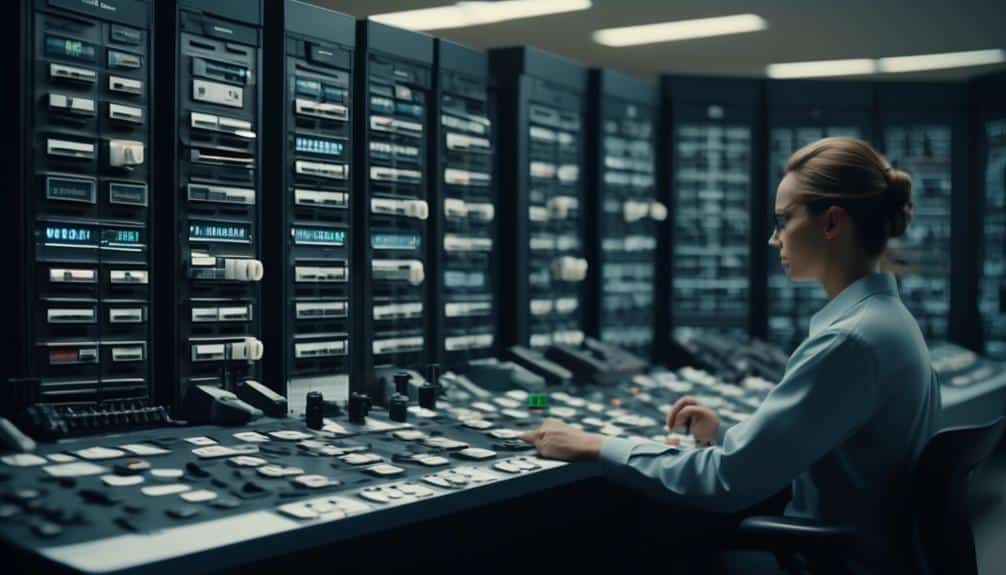
To maintain the security and efficiency of government building key systems, it's imperative to establish and adhere to robust maintenance protocols. Effective maintenance practices ensure that key systems remain operational, secure, and in compliance with government regulations.
Here are some best practices for maintaining government building key systems:
- Regular inspections and audits: Conduct routine inspections to identify any potential issues with key systems. Regular audits help ensure that all keys are accounted for and that access is granted only to authorized individuals.
- Key duplication control: Implement strict controls on key duplication to prevent unauthorized copies from being made. This can be achieved through the use of restricted keyways or by maintaining a log of all key duplications.
- Timely rekeying and key replacement: Regularly rekey locks to ensure that lost or stolen keys become obsolete. It's also important to promptly replace damaged or worn-out keys to maintain the integrity of the key system.
Frequently Asked Questions
How Much Does It Typically Cost to Implement a Master Key System in a Government Building?
Implementing a master key system in a government building can vary in cost depending on various factors. According to recent data, the average cost of implementing such a system can range from $5,000 to $20,000.
This cost includes the installation of key control software, key fobs, and the necessary hardware.
It's important to consider the level of security required and the size of the building when budgeting for the implementation of a master key system.
Are There Any Legal Requirements or Regulations That Need to Be Followed When Implementing a Master Key System in a Government Building?
When implementing a master key system in a government building, it's crucial to comply with legal requirements and regulations. These ensure the security and proper functioning of the system.
Government buildings often have specific protocols in place to protect sensitive information and assets. Therefore, it's essential to follow guidelines set by relevant authorities to guarantee the system's effectiveness and adherence to legal standards.
Can a Master Key System Be Easily Reconfigured or Expanded if the Needs of the Government Building Change in the Future?
When considering the reconfiguration challenges and scalability concerns of a master key system in government buildings, it's important to assess the ease of making changes as the needs of the building evolve.
Our experience has shown that a well-designed master key system can be easily reconfigured or expanded to accommodate future changes.
Are There Any Specific Security Measures That Should Be Taken When Managing a Master Key System in a Government Building?
When managing a master key system in a government building, there are specific challenges and best practices that should be considered.
These include implementing strict access control policies, regularly auditing and updating the system, and ensuring the physical security of key storage areas.
Additionally, it's important to restrict access to key duplication machines and maintain a record of all key holders.
How Long Does It Usually Take to Install a Master Key System in a Government Building, and What Is Involved in the Installation Process?
When considering the installation time and process of a master key system in a government building, it's important to assess the specific requirements and size of the building. Factors such as the number of doors, locks, and levels of access control needed can impact the installation timeline.
Generally, the process involves surveying the building, designing the system, procuring the necessary equipment, and then physically installing and configuring the system.
The installation time can vary but typically ranges from a few weeks to several months.

